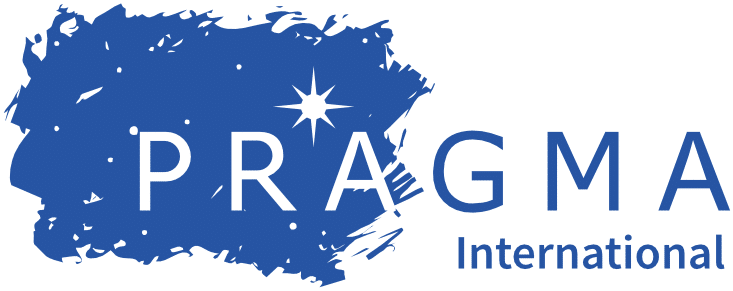Advertising in Australia is regulated by various laws and codes, including the Australian Association of National Advertisers (AANA) Code of Ethics. The Code is administered by the AANA, the advertising industry’s self-regulatory body.
Influencer marketing has exploded in recent years, as brands seek new ways to reach target audiences and ‘tell a story’. And where new marketing channels evolve, the regulators follow.
The rise of the influencer
For the uninitiated, an ‘influencer’ is someone who has built a social media audience by regularly posting about things that interest them. Brands then engage influencers to reach those audiences, usually by compensating them for promoting their wares.
Brands’ use of influencers is not without controversy, as it’s not always obvious to consumers whether the influencers are genuinely promoting a product or service that they actually like or use, or are just paid mouthpieces.
Blurring the lines
In 2012, Media Watch revealed that the South Australian Tourism Commission (SATC) paid celebrities to tweet positive things about Kangaroo Island. Media Watch sighted an email from a publicist which said that SATC was looking for high profile celebrities with large numbers of Twitter followers to tweet about Kangaroo Island for $750 (plus GST) per tweet. SATC specifically didn’t want the tweets to appear as endorsed or sponsored – they wanted the tweets to be ‘organic’, with celebrities injecting their own personality into their posts.
In 2014, Australia Post was also caught out paying influencers to promote its services, with the arrangement not disclosed in posts made by the influencers.
And celebrities, too, have been in the firing line. The US Food and Drug Administration ordered Kim Kardashian to remove a selfie she posted on Instagram promoting Diclegis, a morning sickness drug. While the post did not disclose the commercial arrangement, the FDA was particularly concerned that it was “false or misleading” in praising the drug’s efficacy while omitting important risk information. The drug may well have helped her personally, but it’s not suitable for everyone, particularly those who suffer severe morning sickness (as Kate Middleton did). The manufacturer declined to disclose the specifics of the arrangement with Kardashian, but conceded that she was paid for her endorsement of the drug.
Amending the Code of Ethics
To address the rise of the influencer, and to ensure consumers can tell what’s marketing and advertising (and what isn’t), the AANA has amended the Code to introduce a new clause 2.7 which states:
Advertising or Marketing Communication must be clearly distinguishable as such to the relevant audience.
The amendment to the Code is designed to ensure the average consumer can readily tell the difference between editorial content and advertising. Compliance with the amendment is not limited to influencers, and is designed to be platform neutral (ie social media, TV, print etc). The AANA has published a Clearly Distinguishable Advertising Best Practice Guideline to support the new clause, which includes a number of practical scenarios to assist brands in complying with the new requirement.
The change isn’t exactly trailblazing, with the UK and US already having similar guidelines in place.
Further, the ACCC has issued best practice guidelines for publishing online reviews, which include requirements that brands must be transparent in disclosing compensation given in exchange for reviews (failure to do so could lead to substantial fines for misleading and deceptive conduct).
What does it mean for brands and influencers?
Put simply, commercial arrangements must be disclosed. If a brand compensates an influencer (either via payment or providing free product), and the brand retains a degree of control over content or posts created by the influencer, then any content/posts published by the influencer must state that that post/content is sponsored by the brand.
However, if a brand simply sends an influencer freebies, and the influencer is free to post whatever they like (or not) then the guidelines likely won’t apply – the brand won’t have a ‘reasonable degree of control’ over the marketing content subsequently created.
There’s some ambiguity regarding what constitutes ‘control’ or ‘compensation’. For example, a brand may provide an influencer with pointers on what marketing messages they are keen to promote. Would that constitute ‘control’? Would the new guideline apply to the SATC/Kangaroo Island example? If (as suggested) the tweets were devised by the celebrities themselves with no input from SATC (ie no ‘degree of control’) then arguably it would not be necessary for the commercial arrangement to be disclosed. Hmmm!
Who’s responsible for administering the new guidelines?
The Advertising Standards Board (ASB) hears complaints about breaches of the Code, but its rulings are not enforceable – while most advertisers will comply, there’s no strict requirement to do so.
What do I need to do?
The evolving regulatory landscape is pretty clear – the distinction between commercial and editorial content must be plainly evident to consumers. You don’t have to say “this is an ad”, but the distinction must be unmistakeable.
Our marketing law team is adept at advertising review, and we take a pragmatic, common sense approach in assisting our clients with their advertising clearance needs. If you have any questions about the operation of the Code of Ethics, and other laws affecting advertising in Australia, please call us for an obligation free chat.







